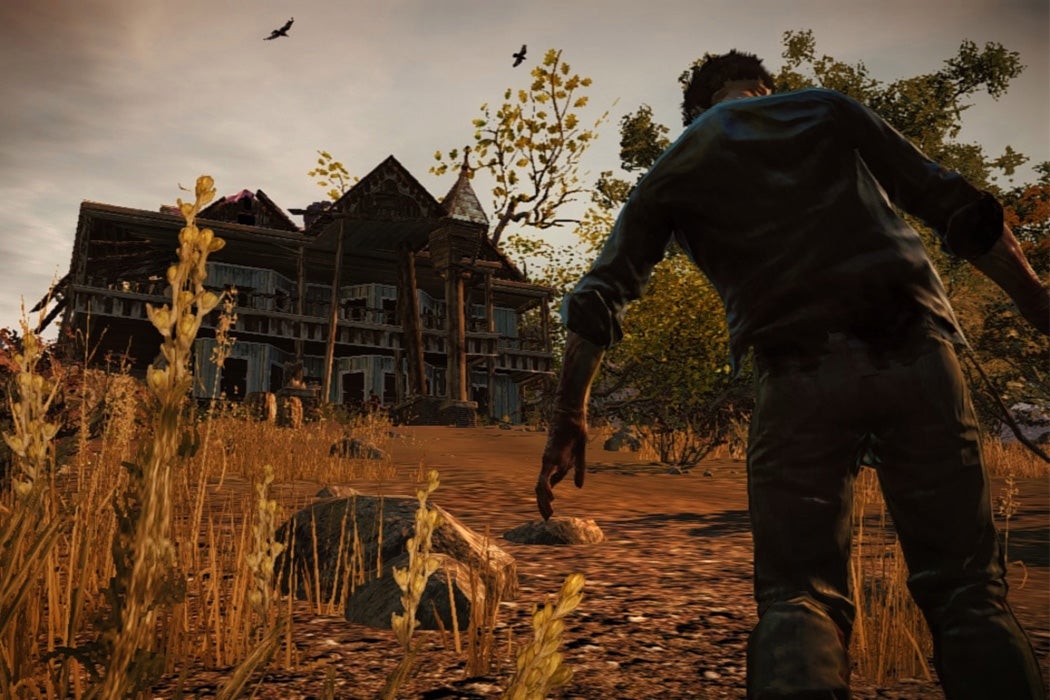You’re alone in the middle of an abandoned hospital room. The only light is coming from your single flashlight. There is blood on the walls and floor—as well as mutilated bodies. Once you’re sure you’re safe, you pick up a piece of paper on one of the tables and read: “We’ve given up trying. Those of us who aren’t infected have barricaded ourselves in here. We can hear the cries for help outside. The screaming…”
This, for all its gore and terror, is one of the calmer moments in Resident Evil 3, one of the best-selling games during the coronavirus quarantine.
It seems paradoxical at first. While people do escape to cheery landscapes, like the farm of Nintendo’s Animal Crossing, they also spend their money on games engineered to inspire terror, fear, and anxiety. Doom Eternal, Nioh, and Resident Evil all saw high download numbers in the last few months.
What’s the appeal? In the journal Preternature, authors Robert M. Geraci, Nat Recine, and Samantha Fox make a compelling case that video games like these have a meaningful psychological role, especially today. “Faced with physical and psychological dangers, human beings imagine them as monsters and seek to master them,” they explain.
The authors take the post-apocalyptic survival game DayZ as an example. In DayZ, you’re dropped with minimal equipment into the middle of an unfriendly landscape full of zombies. Your character is fragile, and if they die, it’s permanent—you’ll have to create a new one for the next try. DayZ, in fact, has no real endgame apart from keeping your character going as long as possible in the face of overwhelming odds.
Hard on the nerves as this is, there’s a reason people might voluntarily throw themselves into hours of this kind of experience, particularly today.
Geraci, Recine, and Fox explain that the powerful forces unleashed in our universe can actually seem malevolent—as if our own environment has turned against us, threatening our health, jobs, and more. What horror video games do is to make these fears materialize before us. And in doing so, they offer us a place where we can battle them—and more crucially, defeat them.
“The horrific experience of videogames, and hence their cathartic appeal, emerges when a game produces a constant level of anxiety in players while allowing the players to act on it,” the authors explain. Fans of DayZ, they note, “generally enjoy, rather than avoid, the combination of permanent death…and the drive to strengthen their characters and make them safe.”
The study surveyed over seven thousand players, and 68 percent reported that DayZ was mildly or very cathartic. Moreover, while playing a video game didn’t have an outsized impact on anyone’s daily life, 20 percent reported that “things are less frightening now than before they started playing.”
Weekly Newsletter
The monsters and challenges we face in horror video games, the authors write, “represent the irrational, the repressed, and the wholly other. These inner experiences are remade in horror gaming, fashioned into tangible monsters that players can explicitly and directly engage.”
They continue, “That these games exist shows that we need horror. The demonic and the monstrous appear in pop culture because they represent evil and our fears and anxieties. It is our human nature to be attracted to the horrific and obtain pleasure from encountering it because this is how we gain a partial and temporary victory over ourselves.”
Support JSTOR Daily! Join our new membership program on Patreon today.







